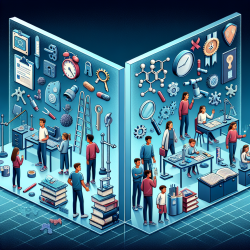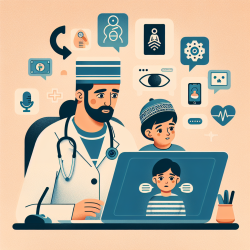The integration of Artificial Intelligence (AI) into clinical practices holds the potential to revolutionize medicine by enhancing diagnostic accuracy and surgical decision-making while reducing costs. However, the presence of bias within AI systems poses significant challenges, particularly in the field of biomedicine where disparities based on race or gender can have profound implications. This blog explores the findings from a recent survey on methods to address AI fairness and bias in biomedicine, offering practical insights for practitioners seeking to enhance their skills and contribute to equitable healthcare outcomes.
Understanding AI Bias in Biomedicine
AI systems can inadvertently perpetuate social inequities due to biases that occur at various stages of model development. These biases may stem from insufficient data, sampling errors, or the use of health-irrelevant features. The research article "A survey of recent methods for addressing AI fairness and bias in biomedicine" identifies key sources of bias and categorizes existing debiasing methods into two main groups: distributional and algorithmic.
Distributional Debiasing Methods
- Data Augmentation: Techniques such as Generative Adversarial Networks (GANs) are employed to balance datasets by generating synthetic samples that represent under-represented groups.
- Data Perturbation: This involves adding noise to existing samples or crafting new samples using templates to increase dataset diversity.
- Federated Learning: By utilizing data from multiple sources while preserving privacy, federated learning helps mitigate biases arising from limited data diversity.
Algorithmic Debiasing Methods
- Adversarial Learning: This approach trains models to avoid learning protected attributes like race or gender, promoting fairer decision-making processes.
- Disentangled Representation Learning: By separating representations into subspaces, this method excludes attributes related to bias while retaining essential features for accurate predictions.
- Causality-Based Methods: These techniques focus on identifying stable data relationships across environments to build models resilient to input biases.
Implementing Debiasing Strategies
Practitioners can leverage these debiasing methods to enhance their AI models' fairness and accuracy. For instance, using GANs for data augmentation can help create more balanced datasets, while adversarial learning techniques can refine models to disregard biased features. Additionally, engaging with federated learning protocols allows for collaborative data utilization across institutions, further enhancing model robustness.
The implementation of these strategies requires a nuanced understanding of the specific biases present within a dataset or model. Practitioners are encouraged to conduct thorough analyses and consider multiple debiasing approaches tailored to their unique clinical contexts.
The Path Forward: Encouraging Further Research
The journey toward achieving AI fairness in biomedicine is ongoing. Practitioners are encouraged to engage with current research and explore innovative methods that address emerging challenges in AI bias mitigation. By staying informed and actively participating in the discourse on AI ethics and fairness, healthcare professionals can contribute significantly to advancing equitable healthcare outcomes.
To read the original research paper, please follow this link: A survey of recent methods for addressing AI fairness and bias in biomedicine.










